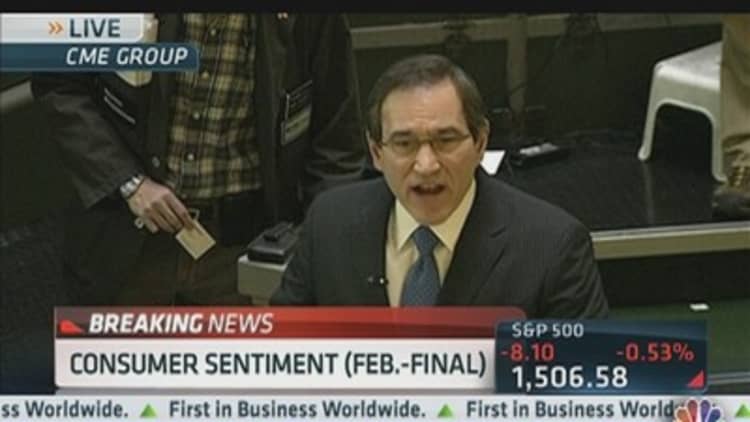
The pace of growth in the U.S. manufacturing sector picked up to its fastest rate in over a year and a half in February as new orders continued to accelerate, while a separate report showed U.S. construction spending unexpectedly fell.
The Institute for Supply Management (ISM) said its index of national factory activity rose to 54.2 from 53.1 in January, topping economists' forecasts for a pullback to 52.5. It was the highest level since June 2011.
A reading above 50 indicates expansion in manufacturing. The sector lost traction in the second half of last year and contracted in November in the wake of the massive storm that hit the U.S. Northeast.
The new orders index jumped to 57.8 from 53.3, making for the highest level since April 2011. The gauge of production gained to 57.6 from 53.6, while inventories edged up to 51.5 from 51.
But the employment component slipped to 52.6 from 54.In a sign of potential pressures emerging for companies, the prices paid index rose to the highest in a year to match 61.5 seen in February 2012, up from 56.5.
US Construction Falls
U.S. construction spending unexpectedly fell in January, recording its biggest decline in 1-1/2 years as both public and private outlays dropped, pointing to weak economic growth in the first quarter.
Construction spending dropped 2.1 percent to an annual rate of $883.3 billion, the Commerce Department said on Friday. That was the largest percentage drop since July 2011 and snapped nine months of gains.
December's outlays were revised to a 1.1 percent increase rather than the previously reported 0.9 percent advance.
Economists polled by Reuters had expected construction spending to rise 0.4 percent in January.
Spending on private construction projects fell 2.6 percent, also the biggest drop since July 2011. Spending on private residential projects was flat after rising 1.7 percent in December as the housing market recovery gains momentum.
The housing market is no longer a drag on the economy and residential construction contributed to growth last year for the first time since 2005.
Spending on private nonresidential structures tumbled 5.1 percent, the largest fall in two years.
Public sector construction spending fell 1.0 percent, declining for a second straight month. Outlays on federal government projects dropped 1.3 percent, with state and local spending falling 1.0 percent

